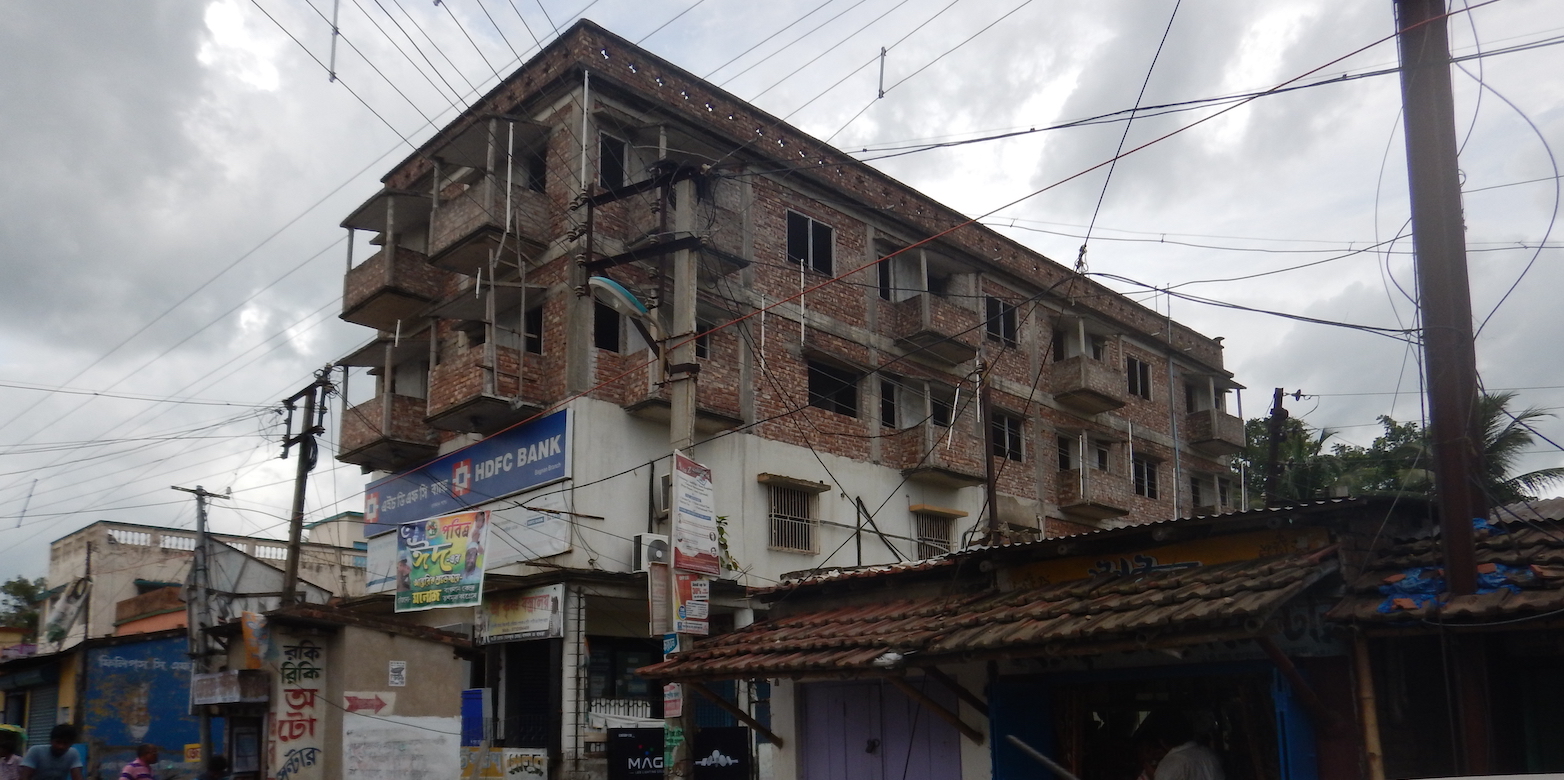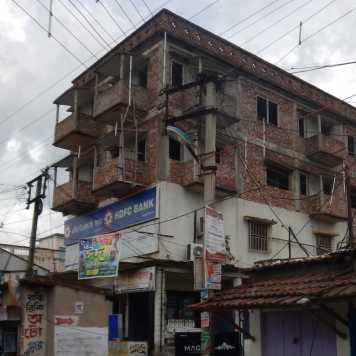Where rural is plural
Tanya Chandra examines four typological urban-rural sites in Bengal, India through the lenses of national infrastructure planning and local construction methods in episode 14 of the FCL podcast.

The spatial fabric of rural India is transforming. Particularly, by the modest, at the doorstep, and primal infrastructure – the road. As India extends its national road infrastructure, it catalyses its predominantly rural areas to transform into quasi-urban territories. However, this vast territorial transformation remains understudied and is misunderstood as being only a by-product of the urbanisation processes radiating to and from the city. This partial understanding misrepresents such territories in regional development policies, creating unintended consequences.
In this episode, Tanya Chandra examines four typological urban-rural sites in Bengal, India – the almost urban, the periphery, the in-between zone and the almost rural through the lenses of national infrastructure planning and local construction methods. How do such policies, agencies, stakeholders and spatial configurations catalyse the types of spatial transformation trends in a region and how can they contribute to the socio-technical understanding of regional and territorial relationships?
Tanya Chandra is a PhD Researcher with the Urban-Rural Systems team at the Future Cities Laboratory programme. Her thesis follows the introduction of all-weather road and subsequent growing spatial contradictions in once-rural territories in Bengal, India. Through her research, Tanya seeks to understand how the built environment, social systems and human behaviour are informed by affordable housing debates, infrastructural network, impact assessment, spatial language and information, and data analytics.

